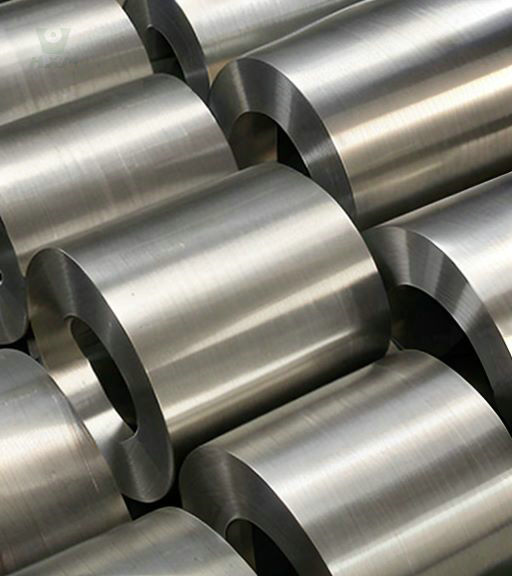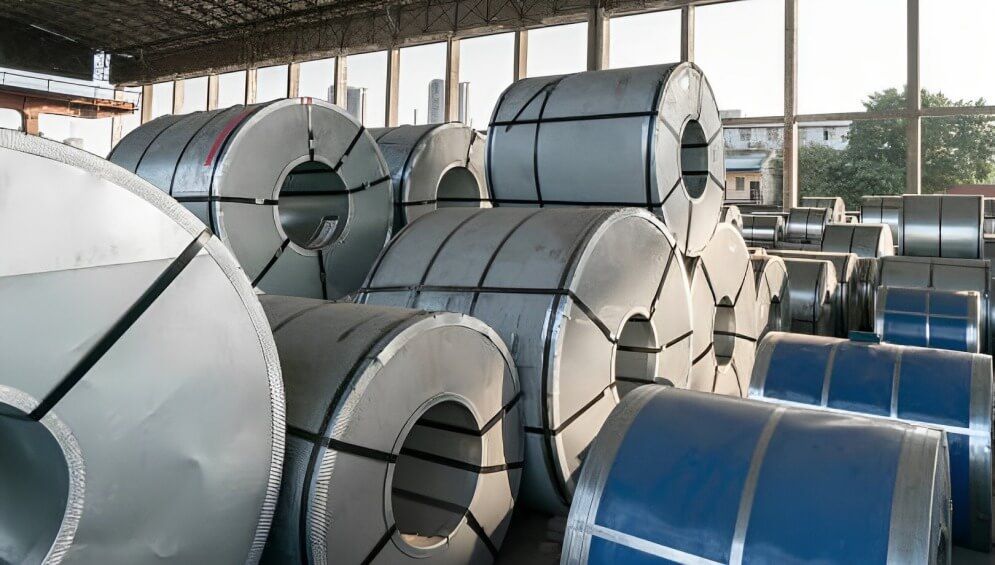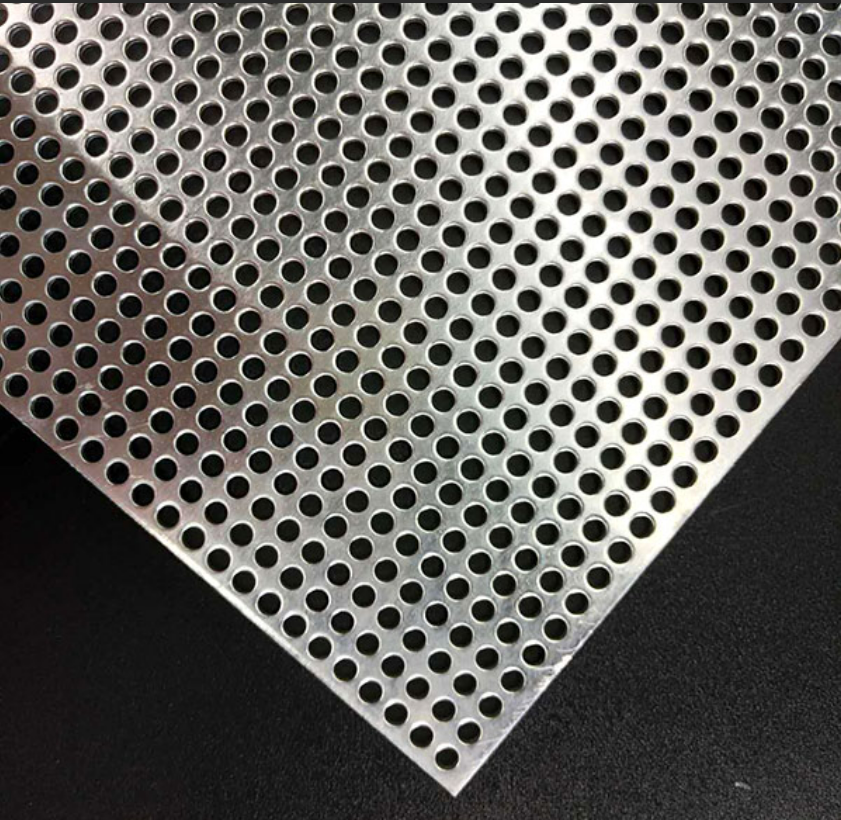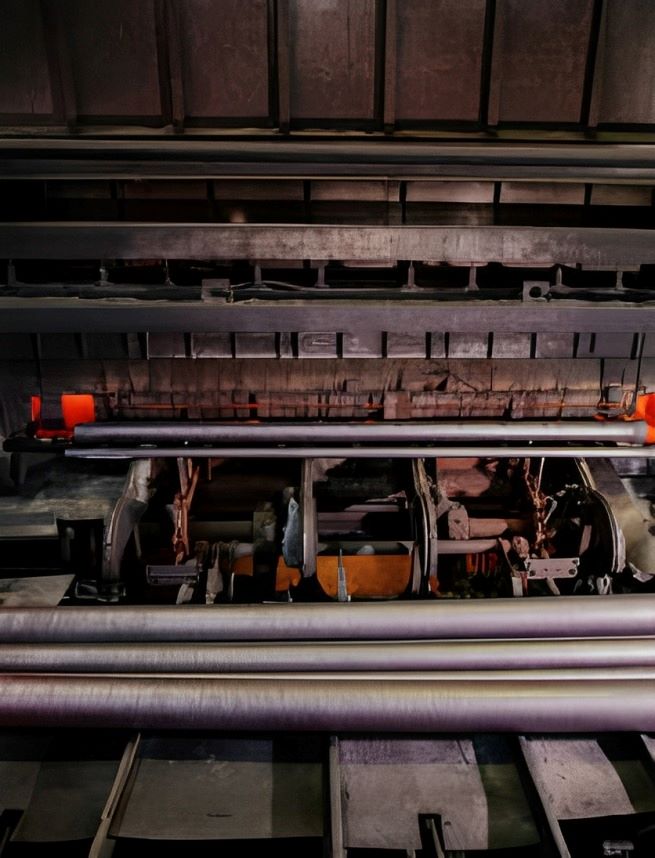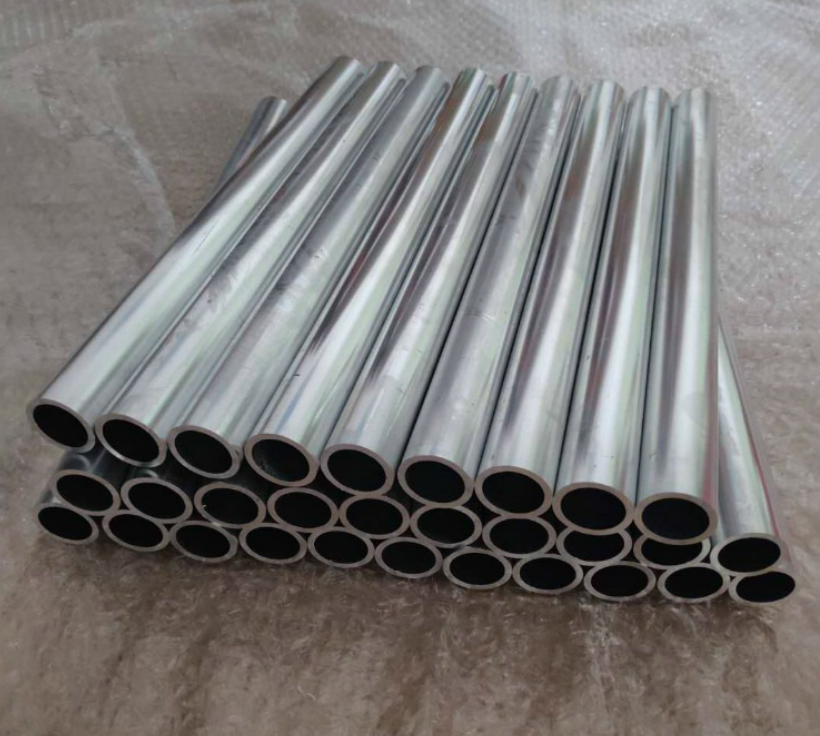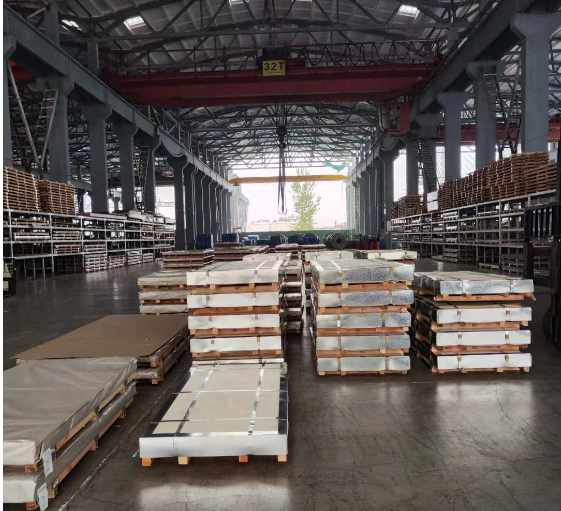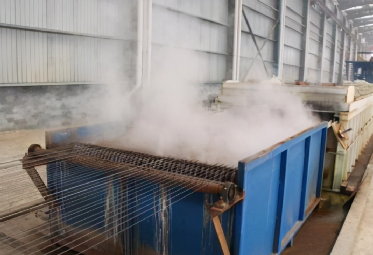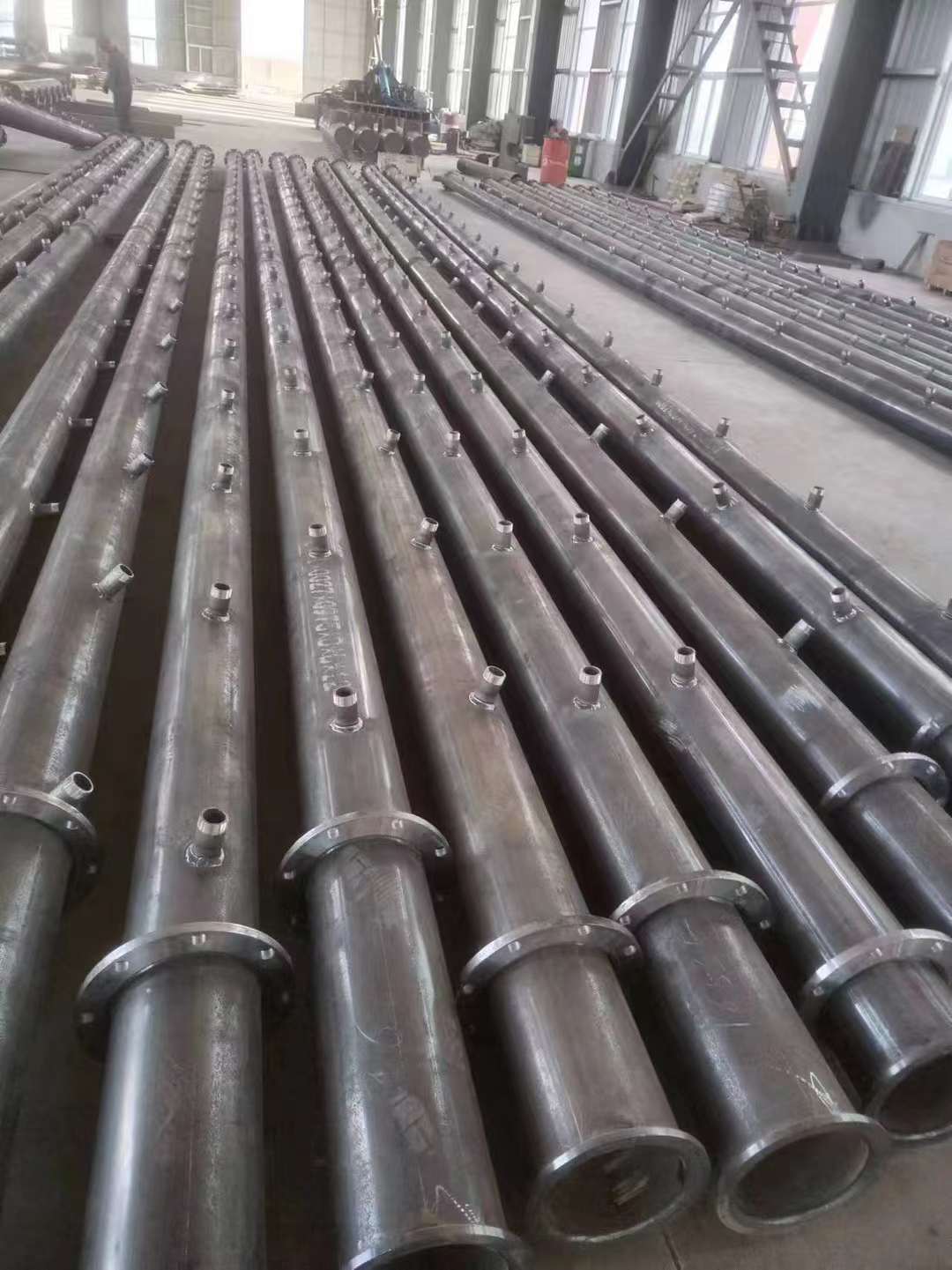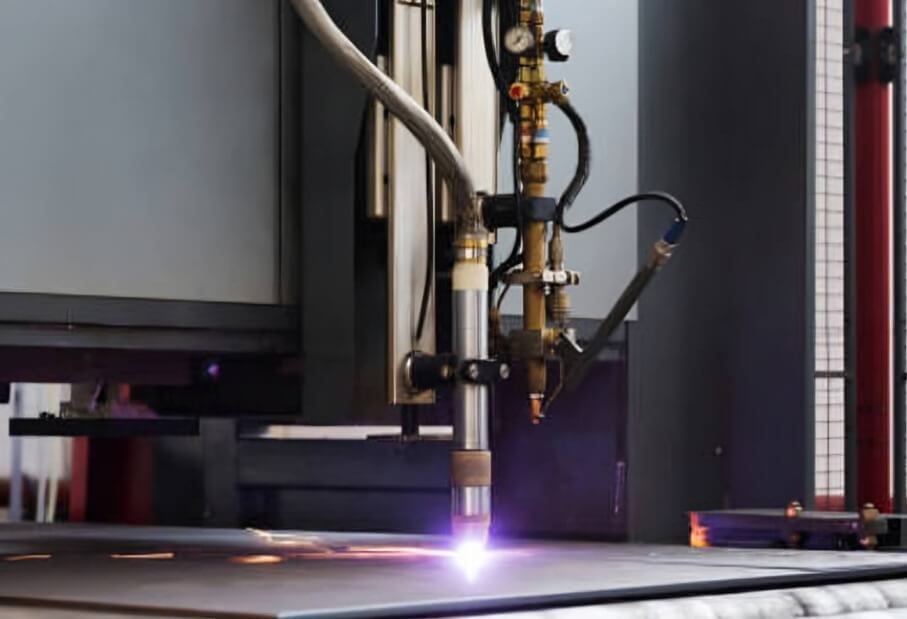how to tell aluminum from stainless steel?
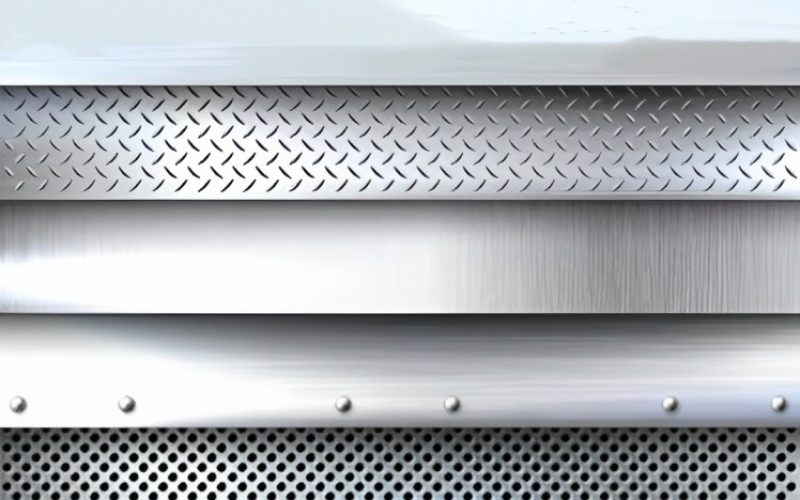
In our daily life, we often encounter a variety of metal products, among which aluminum and stainless steel attract attention for their unique appearance and performance. Although they are somewhat similar in appearance, there are significant differences between aluminum and stainless steel in terms of material, weight, color and corrosion resistance. Learning to identify aluminum and stainless steel not only helps us to better understand these two metals, but also to avoid confusion during purchase and use. Next, we will provide you with a detailed introduction to identify aluminum and stainless steel.
How To Tell If Something Is Aluminum or Steel?
To distinguish between aluminum and steel, you can perform a few simple tests. First, aluminum is lighter than steel, so you can gauge the weight difference. Second, use a magnet – steel is magnetic, while aluminum is not. Finally, observe the appearance – aluminum has a duller, silver-gray finish compared to steel’s shinier, reflective surface. However, these methods may not be foolproof, especially for alloys or coated materials. A more precise analysis involves using specialized equipment like X-ray fluorescence spectrometry.
What is stainless steel and aluminum?
Stainless steel is a highly corrosion- and heat-resistant alloy steel that usually contains chromium, nickel, and other elements. It does not rust easily and maintains its silvery-white appearance even in harsh environments. Stainless steel is used in a wide variety of industrial and household items such as cookware, cutlery and building materials.
Aluminum is a lightweight, non-ferromagnetic, silver-white metal with good electrical and thermal conductivity. Pure aluminum is soft, but by adding alloying elements it can be made into aluminum alloys of various hardnesses, which are widely used in the aerospace, construction, automotive and packaging industries.
difference between stainless steel and aluminum
By observing external characteristics, testing physical properties and analyzing chemical properties, we can comprehensively identify stainless steel and aluminum. From luster, to feel, to weight, to chemical reactivity, these differences provide us with a strong basis for distinguishing these two metals. In this section, we’ll take a more in-depth look at how we can use these characteristic comparisons to accurately identify stainless steel and aluminum.
appearance
Stainless steel and aluminum have distinct differences in surface sheen and color.
- Stainless steel usually exhibits a distinctive silvery-white sheen that gives it a hard, smooth visual appearance. This sheen is due to the way the surface of stainless steel reflects light, with its smooth surface structure allowing light to be reflected evenly, giving a consistent sheen effect.
- Aluminum, by contrast, has a relatively soft surface sheen, presenting a duller, more metallic hue. Aluminum’s surface texture is relatively rough and not as smooth as stainless steel, which scatters light as it reflects off the aluminum surface, thus diminishing the overall shine.
The difference in touch and texture is also one of the important characteristics that differentiate stainless steel from aluminum.
- Stainless steel gives a hard, cold feel due to its high hardness and scratch resistance. In terms of texture, stainless steel has a relatively uniform surface and is not easy to leave scratches or fingerprints.
- Aluminum, on the other hand, has a relatively soft texture and is easy to bend and deform. Aluminum is relatively gentle to the touch and has a warmer feel compared to the cold feel of stainless steel. Aluminum’s surface texture is also relatively uneven and prone to scratches and fingerprints, which is related to its softer nature.
physical property
There are significant differences between stainless steel and aluminum in terms of physical properties. A few of the major differences are detailed below:
Differences in density and weight:
- Stainless steel: Due to its high alloy content, especially chromium and nickel, stainless steel usually has a higher density, making it relatively heavier. For example, the common 304 stainless steel has a density of approximately 8.0 g/cm³.
- Aluminum: Aluminum is a lightweight metal with a much lower density than stainless steel. Pure aluminum has a density of approximately 2.7g/cm³, while the density of aluminum alloys may vary depending on their composition, but is usually lower than stainless steel as well. As a result, aluminum products usually feel lighter compared to stainless steel.
Magnetic testing:
- Stainless Steel: Most types of stainless steel are magnetic, but the exact strength of the magnetism will vary by type. For example, 304 stainless steel is usually somewhat magnetic, while 440C stainless steel may be relatively less susceptible to magnets.
- Aluminum: Aluminum is a non-magnetic metal and will not be attracted to magnets. Aluminum and stainless steel can be easily distinguished by a simple test using a magnet.
In terms of physical properties, the differences between stainless steel and aluminum make it possible to distinguish them by observation and simple experimentation. These differences in properties also affect their use in practical applications, such as the use of stainless steel where high strength and weight are required, and the use of aluminum where lightness and cost reduction are required.
chemical property
Stainless steel and aluminum exhibit significant differences when it comes to their chemical properties. These differences are mainly in their chemical reactivity and corrosion resistance. These differences are described below:
Chemical reactivity and corrosion resistance:
- Stainless steel: The corrosion resistance of stainless steel is mainly due to the element chromium on its surface. Chromium can form an oxide film with oxygen, and this film can effectively prevent further oxidation and corrosion. Therefore, stainless steel has good corrosion resistance to most acids, alkalis, and salts.
- Aluminum: Aluminum is an active metal that reacts easily with oxygen in the air to form a dense film of aluminum oxide. This film protects the aluminum inside to some extent from further oxidation. However, aluminum is less resistant to certain acids (such as nitric and concentrated sulfuric acids) and some strong bases.
Distinguishing between different stainless steel types using magnetic testing:
Types of stainless steel can be differentiated based on their alloy composition. For example, martensitic stainless steels are usually highly magnetic, while austenitic stainless steels are relatively less susceptible to magnets. Magnetic testing allows us to initially determine the type of stainless steel, and then understand its chemical composition and properties.
By considering these additional factors from stainless steel suppliers, individuals can further refine their ability to differentiate between aluminum and stainless steel, ensuring accurate identification for various applications.
Practical Applications and Case Studies
In practical applications, understanding the differences between stainless steel and aluminum is critical to their proper selection and use. Below are some practical applications and case studies that illustrate how to apply the above identification methods:
Both stainless steel and aluminum products are common in the kitchenware market. Consumers can easily identify whether cookware is made of stainless steel or aluminum by looking at the external characteristics, such as luster and color, and by using a magnetic test. For example, if a cookware item has a silvery-white sheen and can be attracted to a magnet, it is most likely stainless steel. Cookware that has a darker hue and is non-magnetic may be aluminum.
Stainless steel and aluminum are often used as building materials in the construction industry because of their corrosion resistance and aesthetic appeal. Understanding the physical and chemical properties of these two metals is critical to selecting the right material. For example, stainless steel is an ideal choice for exterior structures that require high strength and corrosion resistance. Aluminum, on the other hand, is widely used in curtain walls, doors and windows that need to be lightweight and aesthetically pleasing due to its light weight and ease of processing.
In food packaging and other areas where high hygiene standards are required, correctly identifying stainless steel and aluminum is critical to material selection. Inappropriate materials can lead to corrosion or contamination of food. By understanding the chemical reactivity and corrosion resistance of both metals, you can ensure that the right packaging material is selected. For example, for food products that need to be stored for long periods of time, stainless steel is a better choice because of its excellent corrosion resistance.
In automotive manufacturing, aluminum is widely used for bodywork and components due to its lightweight properties. Certain parts, such as the engine and exhaust system, are often made of stainless steel due to the high temperatures and pressures they are subjected to. Understanding the physical and chemical properties of these two metals helps engineers make the right material choices when designing.
To sum up, in practical applications, by observing the appearance characteristics, testing the physical properties and analyzing the chemical properties, we can choose the right stainless steel or aluminum products for different scenarios. From kitchenware to building materials, to packaging materials and the automotive industry, correctly identifying stainless steel and aluminum is critical to ensuring product performance and safety.
Conclusion
With the above in-depth comparison of stainless steel and aluminum, it is easy to see that correctly identifying these two metals is crucial for both daily life and industrial production. At Huaxiao Metal, we specialize in providing high-quality stainless steel and aluminum alloy products. We have an extensive product line that covers a wide range of sizes and shapes of stainless steel and aluminum alloy materials to meet the needs of different customers.
Whether you need customized sizes or specific shapes, Huaxiao Metal is your one-stop solution. Our professional team will customize to your specific requirements to ensure that you are satisfied with your product.
Table of Contents
Maybe You Reads


